Bio-degradable cards
Every card imaginable!
|
Bio-degradable cards Every card imaginable! The Ultimate Guide to Microchipping Your Dog in the UKAs a dog owner, you know that the bond you share is one of life’s greatest gifts. They are our confidants, our adventure buddies, and a constant source of unconditional love. That deep connection is why the thought of them getting lost is more than a worry—it's a genuine fear. A moment of distraction, a gate left unlatched, a sudden noise on a walk; it can happen to even the most careful owner. This is where microchipping comes in. It’s not just a procedure; it’s a permanent promise to your dog that you’ve done everything in your power to ensure they can always find their way back home. We understand that you want to get this right. The process, the law, and your responsibilities can seem complex, and you want what’s best for your best friend. We're here to help. This comprehensive guide will walk you through every single detail, providing the clear, practical, and empathetic advice you need. Our goal is for this to be the only resource you need on your microchipping journey. In This Guide
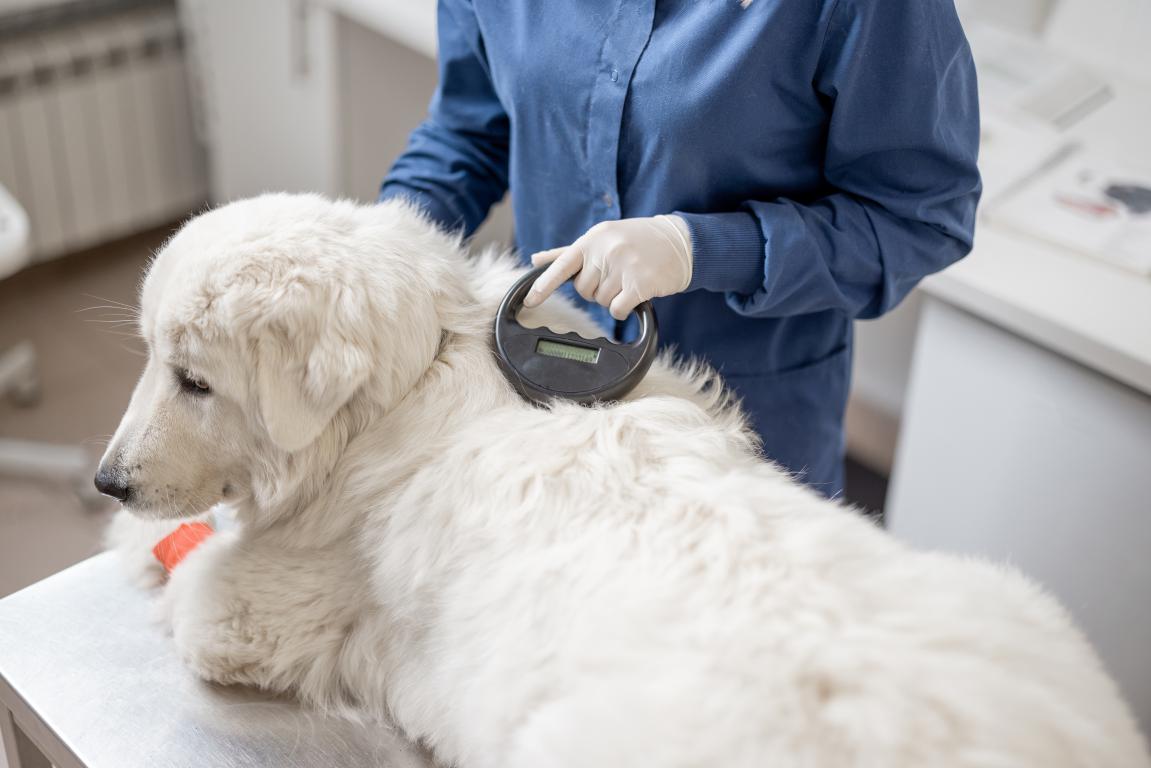
What is a Dog Microchip? Understanding the Lifesaving TechnologyLet’s start by clearing up the biggest myth: a microchip is not a GPS tracker. It cannot show you your dog’s location on a map. Instead, think of it as your dog's permanent, electronic fingerprint—a unique identity that can never be lost, fade, or be removed. The microchip itself is a tiny piece of technology, no bigger than a single grain of rice. It's encased in a bio-compatible glass capsule, a material specifically chosen to be inert, non-toxic, and completely safe for your dog. This special glass prevents any allergic reaction and allows the body's tissues to bond around it, holding it securely in place for the duration of your dog's life. Inside this capsule is a passive Radio Frequency Identification (RFID) tag. The word passive is key. It means the chip has no battery, no power source, and no moving parts. It sits completely dormant under your dog's skin, doing nothing, until it's called upon. This call to action happens when a handheld scanner is passed over it. These scanners are standard equipment at every veterinary practice, rescue centre, and with every local authority dog warden in the country. The scanner emits a safe, low-frequency radio wave that provides a brief burst of energy to the chip. In that instant, the chip uses the energy to transmit its one and only piece of information: its unique 15-digit number. This number then appears on the scanner’s screen. This 15-digit code is the key that unlocks everything. A vet or warden will enter this number into a secure, nationwide database portal. The portal instantly searches all approved UK registration databases to find a match. When it finds the number, it brings up the contact details of the registered keeper—your name, your address, your phone number. They can then make the phone call that ends a nightmare. It’s a simple, reliable, and lifelong system that gives a lost dog a voice. 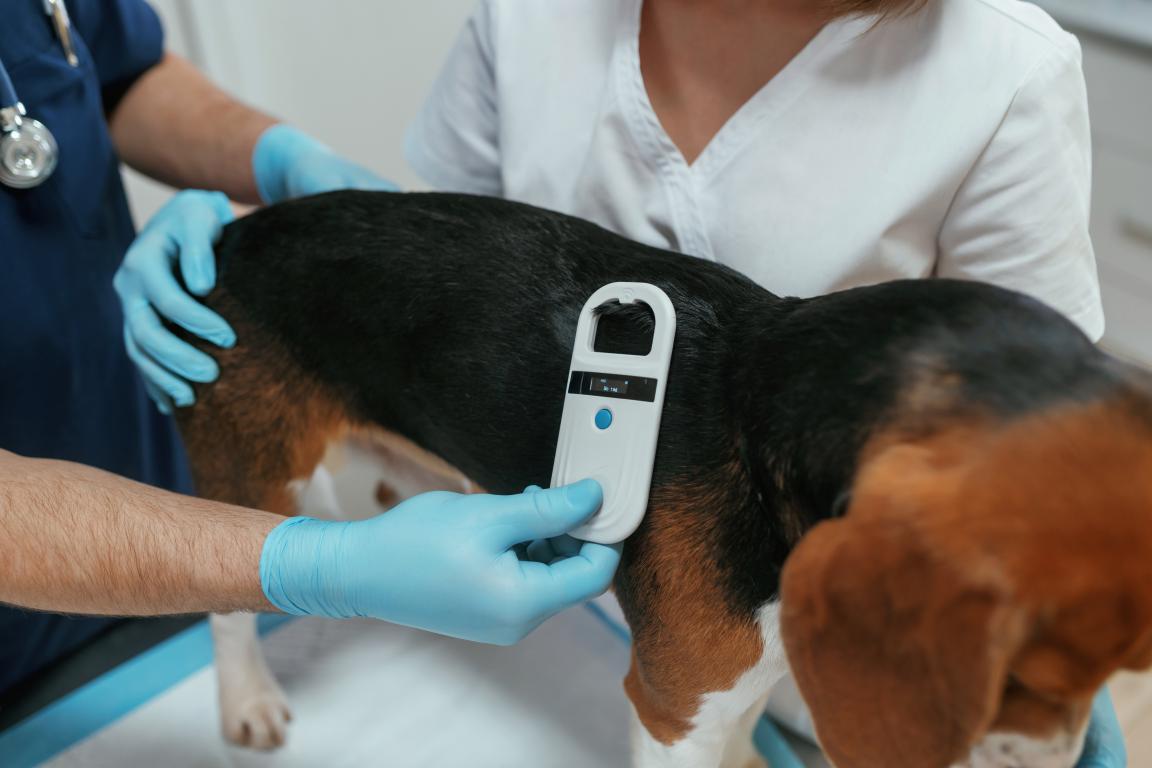
The Microchipping Procedure: A Step-by-Step Guide to What HappensFor any loving dog owner, the primary concern is, "Will it hurt them?" It's a natural and important question. We can reassure you that the process is a minor and momentary discomfort for the vast majority of dogs. The entire experience is designed by professionals to be as swift and stress-free as possible.
Before the AppointmentThere isn't much you need to do to prepare, but keeping your dog calm and relaxed is always a good idea. A short, calm walk beforehand can help, but avoid anything too boisterous. The main thing is to remain calm yourself, as your dog will pick up on your energy.
During the AppointmentThe procedure is always performed by a veterinarian, a registered veterinary nurse, or another qualified and trained implanter.
Immediately After the ProcedureThere is no recovery time needed. Your dog can continue their day as normal. They can eat, drink, play, and go for walks straight away. You can put their collar or harness back on without any issue. You might be advised not to prod the specific injection site for a day or so, but it requires no special care. The most important part of this stage is the paperwork. The professional will provide you with documentation, often including stickers with the microchip number. They will usually start the registration process for you. It is your responsibility to check, right there and then, that every single detail they have recorded for you—your name, address, and phone number—is 100% correct. 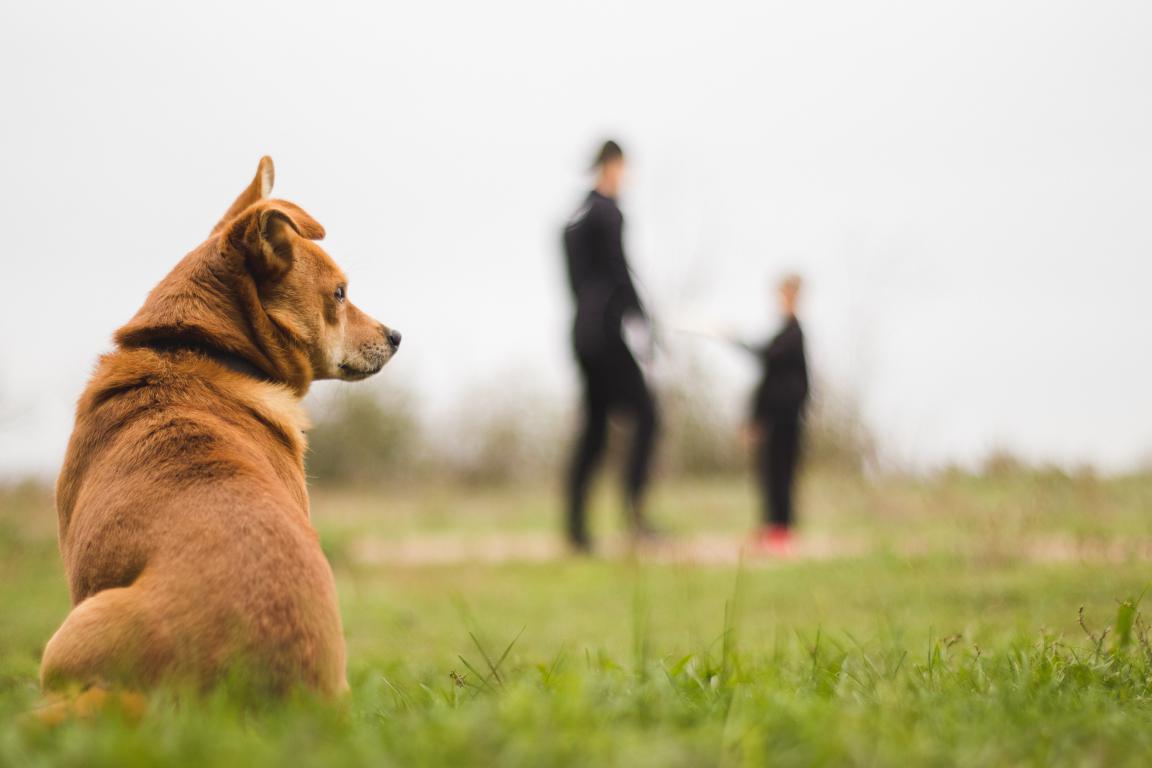
A Non-Negotiable Responsibility: Dog Microchipping Law in the UKIn the United Kingdom, microchipping your dog is not optional; it is a fundamental legal requirement. The laws, such as The Microchipping of Dogs (England) Regulations 2015 and similar legislation in Scotland, Wales, and Northern Ireland, have been in place since 2016. They exist to promote responsible ownership, improve animal welfare, and ensure lost or stolen dogs can be reunited with their families. Understanding your full legal responsibilities is crucial.
The Core RequirementsThe law is broken down into a few key points that every owner must follow:
The Collar and Tag LawIt is vital to know that the microchip law does not replace the separate, long-standing law regarding dog identification. The Control of Dogs Order 1992 states that any dog in a public place must wear a collar with an ID tag attached. This tag must, by law, show the owner’s name and address. While including a phone number is not a specific legal requirement on the tag, it is highly recommended for obvious reasons. The microchip acts as a permanent, internal backup to this external tag.
Consequences of Non-ComplianceIf a dog is found to be without a microchip or with incorrect details, the owner can be served a formal notice by the local authority or police. This notice gives the owner 21 days to get the dog chipped or to update their details on the database. If the owner fails to comply with this notice, they can be prosecuted and face a fine of up to £500. 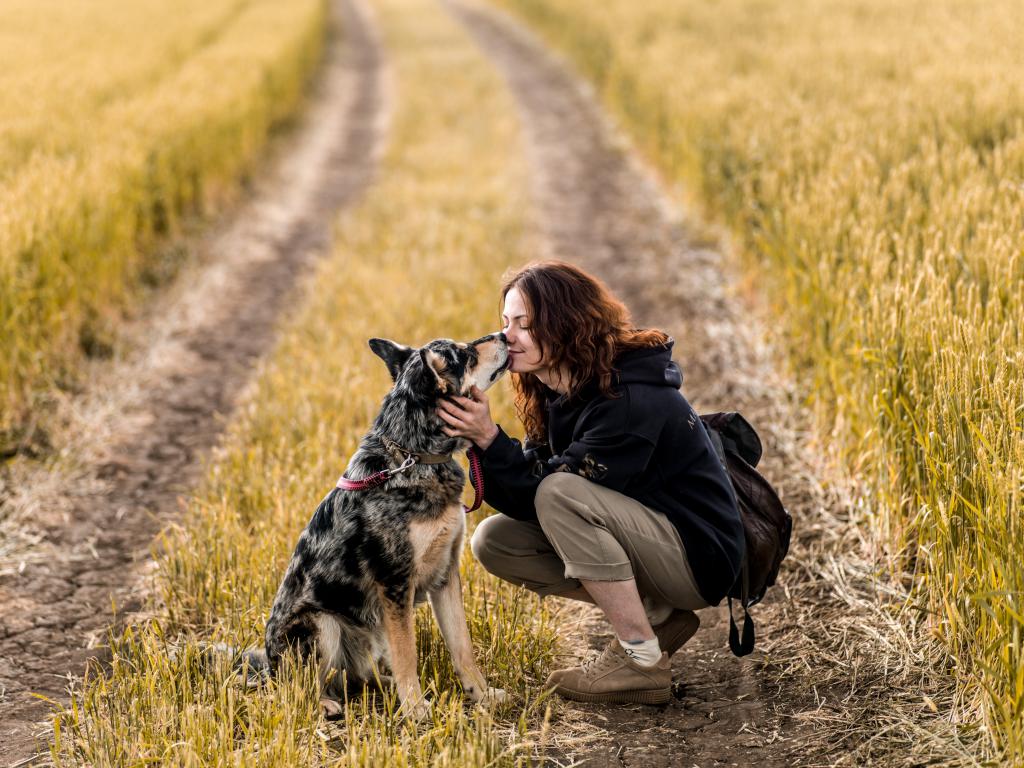
From Breeder to You: The Crucial 'Transfer of Keepership' StepThis is arguably the most common point of failure in the entire microchipping system, and it is essential that every new puppy owner understands their role. The law places clear responsibilities on both the breeder and the new owner.
The Breeder's Legal DutyIt is illegal for a breeder to sell a puppy that is not microchipped. They are legally required to ensure the entire litter is chipped by a trained professional before they reach 8 weeks of age. Furthermore, the breeder must be registered as the first keeper of each puppy on the database. If a breeder offers you an unchipped puppy or suggests you should get it done yourself, this is a major red flag and they are breaking the law.
Your Legal DutyWhen you purchase your puppy, the breeder must provide you with the microchip paperwork. This documentation will contain the chip's unique 15-digit number and should tell you which database the puppy is registered with. Your job, which you should do the day you bring your puppy home, is to formally transfer the keepership of the puppy from the breeder to yourself. This process usually involves going to the database's website, using the microchip number and a transfer code from the breeder, and paying a small administrative fee. If you do not complete this step, the microchip remains legally linked to the breeder. In the event your dog goes missing, the crucial reunion phone call will go to them, not you, causing potentially devastating delays. 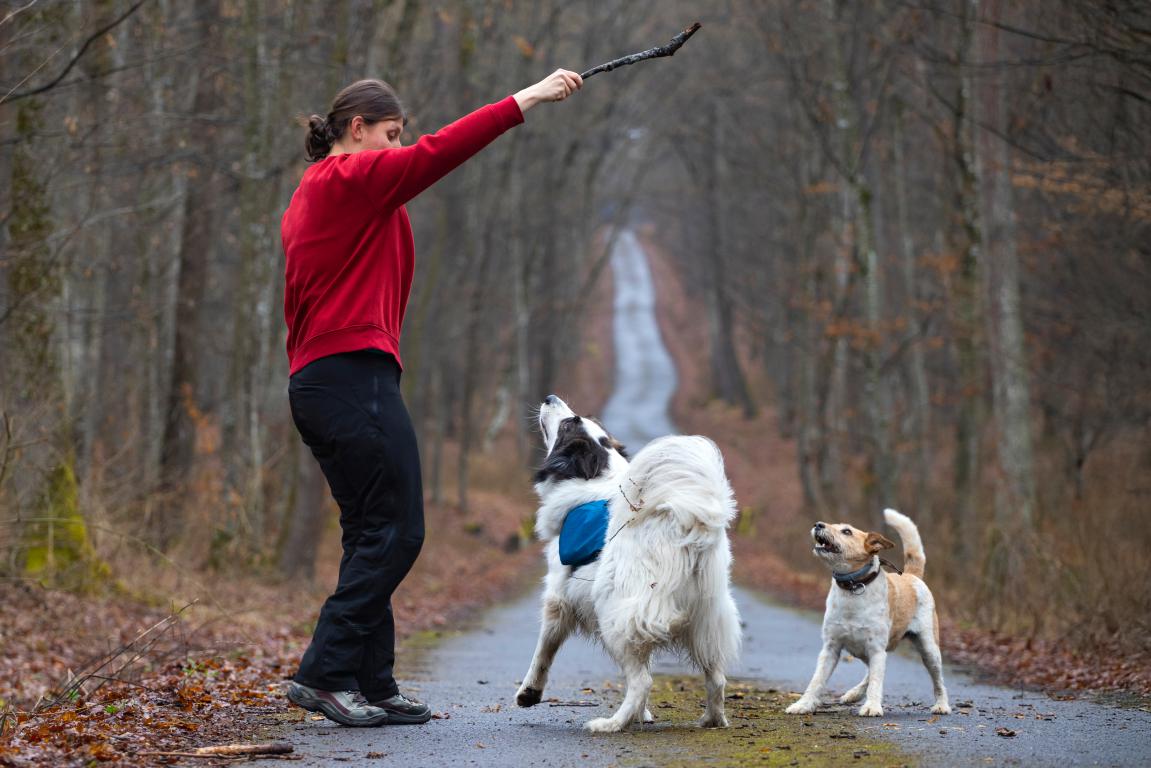
The Database: Why Your Contact Details are the Heart of the SystemA microchip is just a number. It is the database that gives it power. But that power is entirely dependent on one thing: the accuracy of your contact details. An out-of-date record makes a microchip useless. It is a legal requirement to keep your details current. You must log in to your database account and update your information if you:
There are several government-compliant databases in the UK, including Petlog, Identibase, PETtrac, and Animal Microchips. To update your details, you simply visit the website of the company you are registered with. Most charge a small fee per change, or you can often upgrade to a premium "lifetime" package for a one-off fee that allows unlimited updates. Think of it as a small price for a lifetime of security for your dog. If you've forgotten which database you're with, any vet can scan your dog and give you the number, which you can then enter into an online chip-checker tool to find your provider. 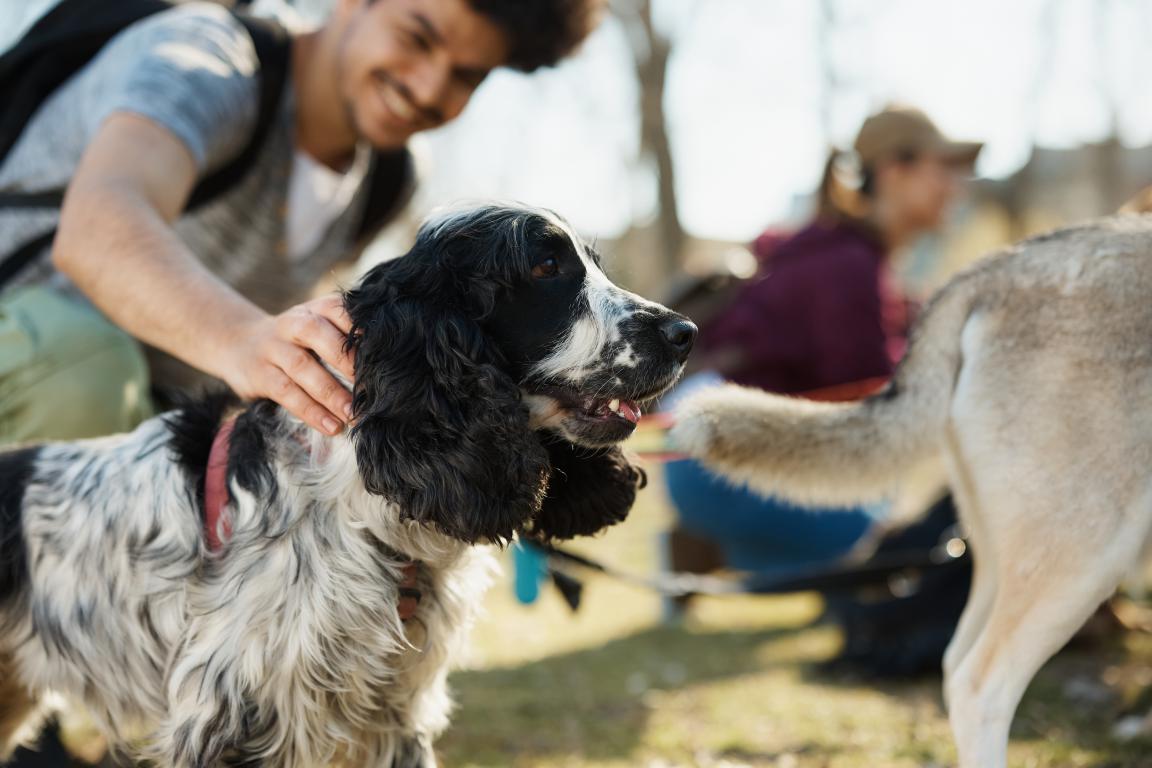
A Powerful Deterrent: Microchips and the Fight Against Dog TheftWhile its primary function is for reuniting lost pets, the microchip has become a critical tool in tackling the scourge of dog theft. The compulsory nature of the law means that a legitimate new owner cannot register a dog without the previous owner's consent via the database transfer process. If your dog is stolen and later recovered by police or a warden, the microchip scan is your definitive proof of keepership. It makes it much harder for thieves to sell a dog on to an unsuspecting new owner, as a check with a vet would immediately flag the dog as registered to someone else. It acts as a powerful deterrent and has been instrumental in many happy reunions in theft cases. 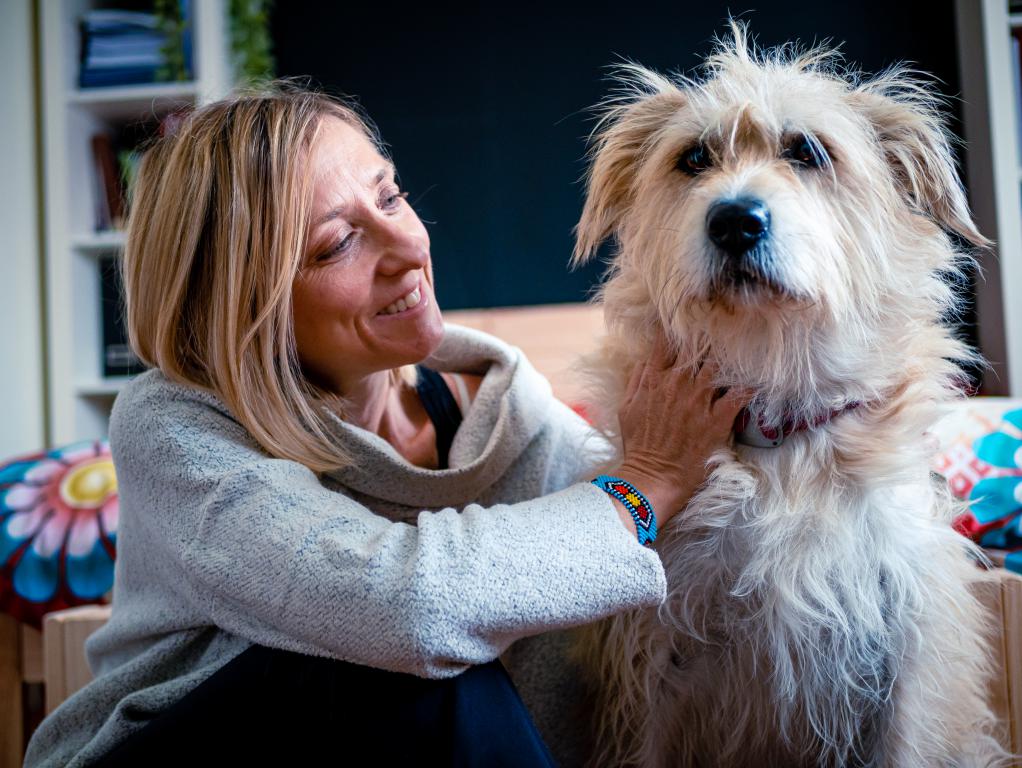
Frequently Asked Microchip Questions for UK Dog OwnersHow much does it cost to get a dog microchipped?The cost can vary depending on your location and veterinary practice, but you can typically expect to pay a one-off fee of between £20 and £40. Some animal charities, like Dogs Trust and Blue Cross, often hold free or subsidised microchipping events, so it’s always worth checking their websites. My dog is an adult rescue. Is it too late to get them microchipped?It is never too late. The law applies to dogs of all ages. A reputable rescue centre will ensure a dog is microchipped before you adopt them, but if you have acquired an older dog that isn't chipped, you should book them in with your vet as soon as possible. The procedure is just as quick and simple for an adult dog as it is for a puppy. Are there any health risks or side effects from the microchip?Microchips are extremely safe. The bio-compatible glass casing is designed to be inert and non-reactive. Adverse reactions are incredibly rare. In a tiny number of cases, a chip might move or 'migrate' from the implantation site, but this is not harmful and the chip will continue to work perfectly. My dog came from a rescue, is the chip in my name?A reputable rescue centre will complete the 'Transfer of Keepership' into your name as part of the formal adoption process and provide you with confirmation. However, it's always wise to call the database company a few weeks after adoption just to confirm that you are now listed as the official keeper. I've lost my dog's microchip paperwork and forgotten my login details. What should I do?Don't panic, this is a common problem. Simply take your dog to any vet practice and they will scan them for free and give you the 15-digit number. Once you have that, you can contact the relevant database (you can find them using an online chip checker). They will be able to help you regain access to your account after you answer some security questions to prove you are the keeper. Can I add a temporary holiday address to my dog's registration?Yes, many of the main database providers offer a service where you can add temporary contact details, such as a holiday address or the number of a pet sitter, for a set period. This is an excellent feature to use if you are travelling with your dog in the UK. My dog has a chip from another country. Is it valid in the UK?If your dog has a standard 15-digit ISO-compliant microchip from another country, it can be read by UK scanners. However, you must register that chip number with a UK-compliant database and add your UK contact details to it. If your dog has an older, non-ISO chip, it may not be readable by all scanners, and it would be wise to speak to your vet about getting a UK-compliant chip implanted. I'm worried about my privacy. Who can see my details?Only authorised professionals like vets, dog wardens, and rescue centre staff can access the database to look up a microchip number. Your personal information is not publicly available and is protected under data protection laws. I'm rehoming my dog. What do I need to do about the microchip?You must initiate the transfer of keepership to the new owner. Log into your database account and follow their specific process for this. It is irresponsible and against the spirit of the law to leave your details on the chip of a dog you no longer own. Can a microchip fail or stop working?Microchip failure is exceptionally rare. Because they have no battery or moving parts, they are designed to last a lifetime. They don’t 'wear out'. This reliability is why they are trusted as a permanent form of identification. 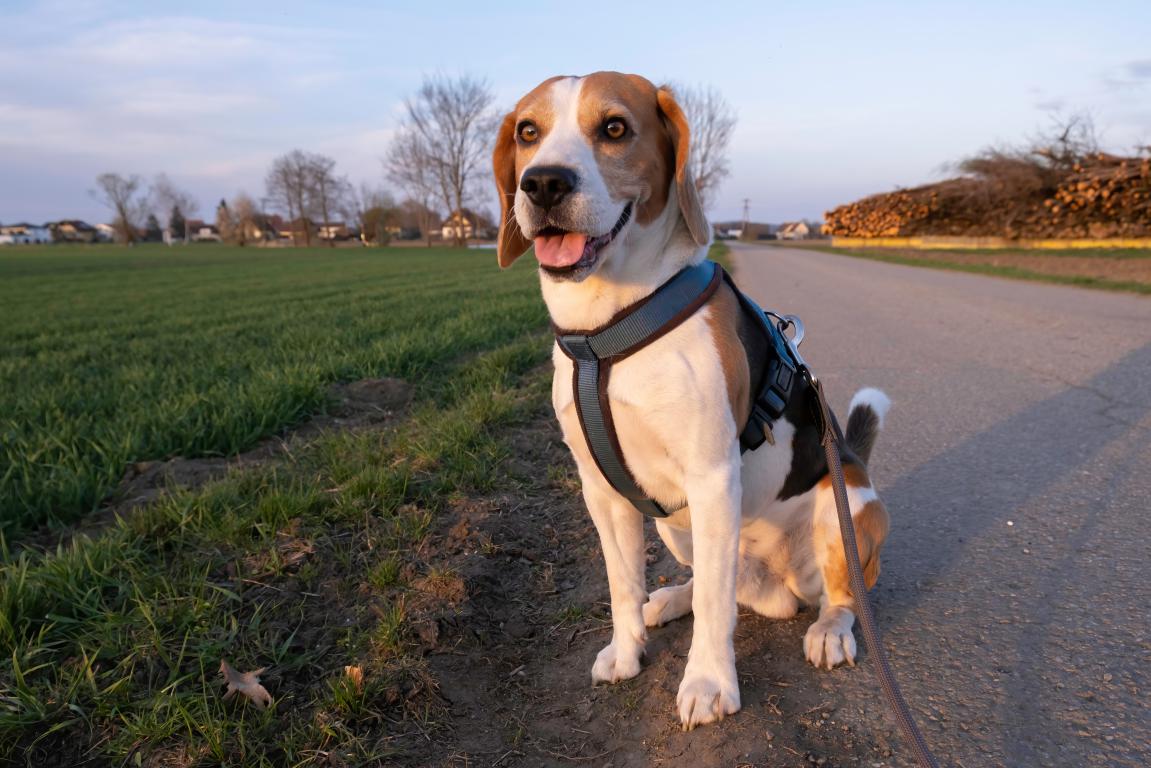
The Microchip is Essential, But What About Instant ID for Dogs?Your dog’s microchip is their permanent, legal, and undeniable link to you. It's the silent guardian that proves you are their family if they end up at a vet or a rescue centre. It is the most important single step you can take for their long-term security. However, the entire microchip system relies on a scanner. In those first crucial minutes after your dog is found by a kind person in the park, that person needs a way to help. This is where visible, immediate identification becomes a lifesaver. It bridges the gap between your dog being found and them being taken to a professional. It empowers any member of the public to be the one who makes that happy reunion happen, often within minutes. By combining the legal security of the microchip with the instant accessibility of a clear, physical ID, you are giving your beloved dog the most comprehensive safety net possible. For those owners who want to ensure their dog has this vital first line of defence, our Pet ID Cards provide a durable and clear way to display contact details. You can learn more about how they work hand-in-hand with the microchip to provide complete peace of mind here.
© 2024 The Card Project Uk Ltd
VAT: 453 2087 06
|